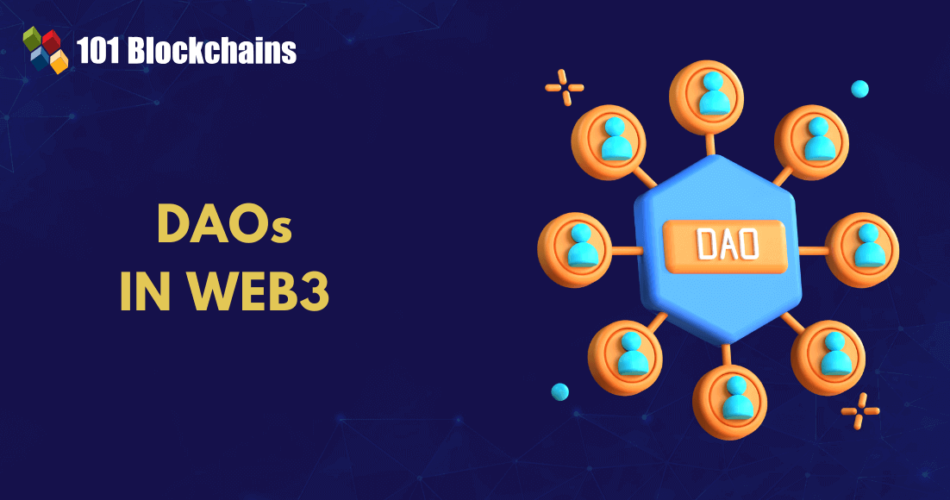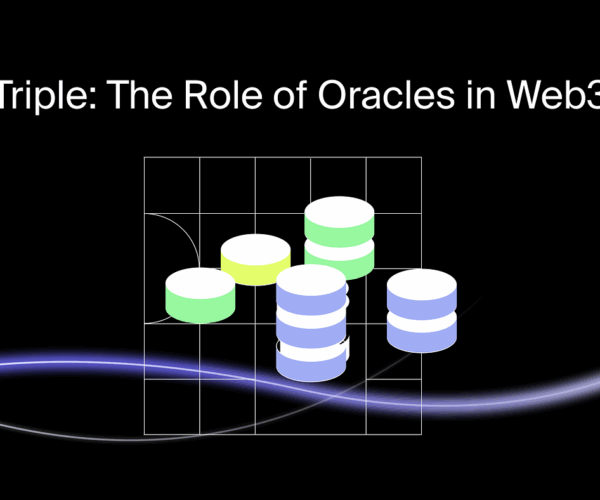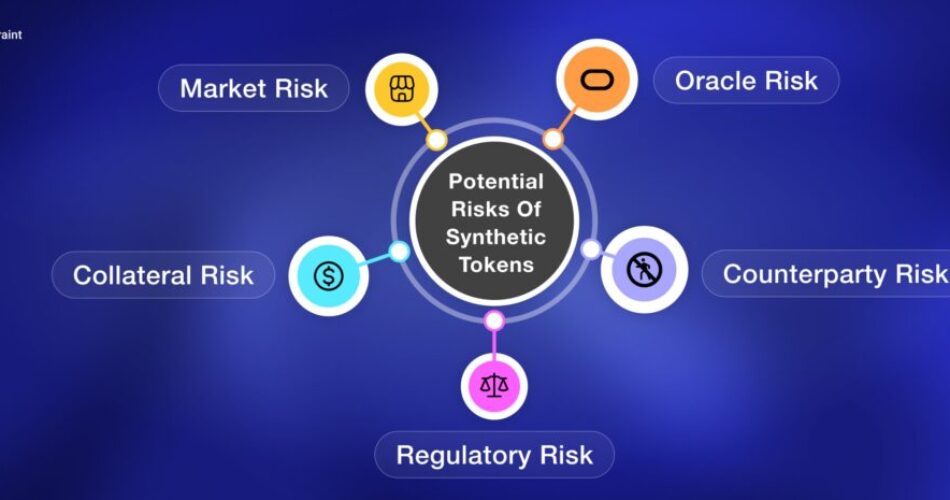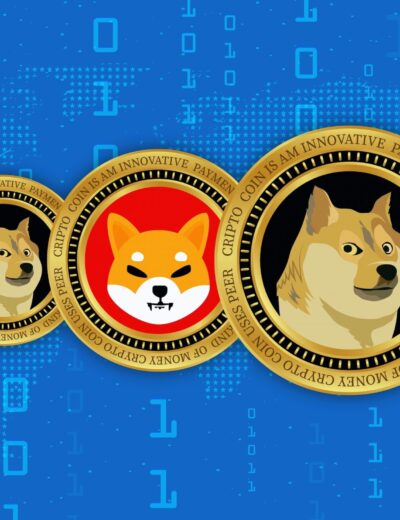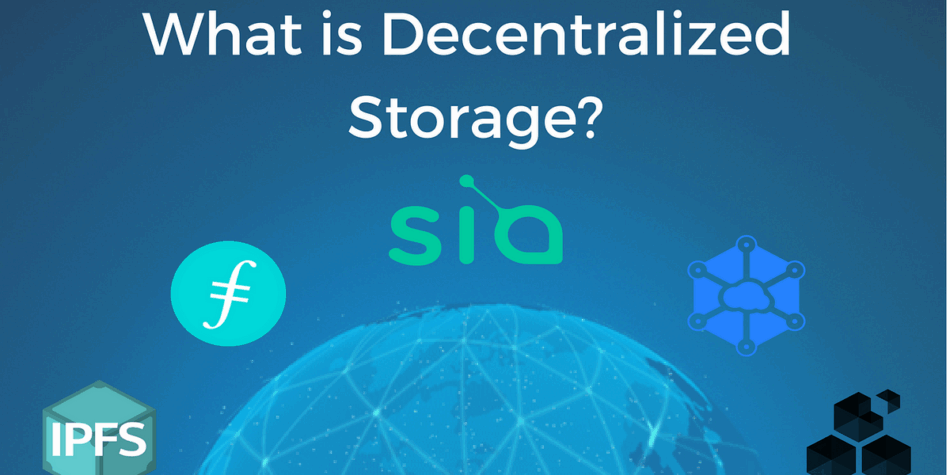Decentralized Autonomous Organizations, or DAOs, are transforming how decisions are made, communities are managed, and digital projects are governed. In the Web3 era, where decentralization is the guiding principle, DAOs give power to the people—enabling communities to collectively shape platforms, protocols, and ecosystems without relying on traditional hierarchical structures.
What Are DAOs?
A DAO is.
Crypto newsarticles
Synthetic Assets and Derivatives: DeFi’s Growing Complexity
Governance Tokens: Powering Community Decision-Making in DeFi
BlockchainNews
Smart Contracts Explained: The Digital Agreements of the Future
Blockchain Interoperability: Bridging Isolated Networks
meme coinsarticles
Meme Coins vs. Blue-Chip Cryptos: Risks and Rewards
Floki, Baby Doge, and the New Wave of Meme Tokens
Defiarticles
Synthetic Assets and Derivatives: DeFi’s Growing Complexity
Governance Tokens: Powering Community Decision-Making in DeFi
Cross-Chain Collectibles: The Future of NFT Interoperability
The Role of Oracles in Web3: Connecting Real-World Data to Blockchain
Metaverse Infrastructure: The Tech Powering Virtual Worlds
meme coinsArticles
Meme Coins vs. Blue-Chip Cryptos: Risks and Rewards
Floki, Baby Doge, and the New Wave of Meme Tokens
crypto news
Synthetic Assets and Derivatives: DeFi’s Growing Complexity
Governance Tokens: Powering Community Decision-Making in DeFi
In the decentralized world of Web3, blockchains are inherently deterministic and isolated. They excel at executing smart contracts, maintaining transparent ledgers, and ensuring security. However, blockchains cannot natively access external, off-chain data such as stock prices, weather information, or sports results. This is where oracles come in—acting as trusted bridges that connect real-world data to decentralized networks, enabling smart contracts to interact meaningfully with the external environment.
Understanding Oracles
Techupdates
Metaverse Infrastructure: The Tech Powering Virtual Worlds
Decentralized Storage: IPFS, Filecoin, and the Future of Data Ownership
blockchainarticles
Smart Contracts Explained: The Digital Agreements of the Future
Blockchain Interoperability: Bridging Isolated Networks
Cross-Chain Collectibles: The Future of NFT Interoperability
The Value of Pixels: What Makes an NFT Truly Worth It?
Sustainable NFTs: Can Blockchain and Green Tech Coexist?
From Collectibles to Utility: The New Era of Functional NFTs
Decentralized finance (DeFi) has evolved far beyond simple token swaps and lending platforms. A new frontier in this space is synthetic assets and derivatives, which replicate the value of real-world or digital assets, enabling users to gain exposure to a wide range of markets without holding the underlying asset. These instruments are driving the growing complexity—and sophistication—of the DeFi ecosystem.
What Are Synthetic Assets?
Synthetic assets, or “synths,” are.
The world of cryptocurrency has grown far beyond Bitcoin and Ethereum, giving rise to a new class of digital assets known as meme coins. Born from internet culture, jokes, and social media trends, meme coins like Dogecoin, Shiba Inu, and Floki have captured mainstream attention. At the.
blockchainNews
Smart Contracts Explained: The Digital Agreements of the Future
Blockchain Interoperability: Bridging Isolated Networks
Meme Coins vs. Blue-Chip Cryptos: Risks and Rewards
Floki, Baby Doge, and the New Wave of Meme Tokens
trendingnews
The decentralized internet is redefining how data is stored, shared, and controlled. Traditional cloud storage relies on centralized servers, creating risks around censorship, single points of failure, and data monopolies. Decentralized storage networks, led by technologies like IPFS and Filecoin, are challenging this paradigm by returning control and ownership of data to users while ensuring transparency, security, and resilience.
Understanding Decentralized Storage
Decentralized storage moves away from single-server dependency by distributing files across multiple nodes in a network. Each.
NFTNews
Cross-Chain Collectibles: The Future of NFT Interoperability
 As the NFT ecosystem matures, one of the most exciting frontiers is cross-chain interoperability—the ability for NFTs to move, interact, and retain value across multiple blockchain networks. Early NFTs were confined
As the NFT ecosystem matures, one of the most exciting frontiers is cross-chain interoperability—the ability for NFTs to move, interact, and retain value across multiple blockchain networks. Early NFTs were confined The Value of Pixels: What Makes an NFT Truly Worth It?
 NFTs burst onto the scene promising digital ownership like never before. But beyond the hype, a critical question persists: what actually gives an NFT value? Unlike traditional assets, the worth of
NFTs burst onto the scene promising digital ownership like never before. But beyond the hype, a critical question persists: what actually gives an NFT value? Unlike traditional assets, the worth of ContributorsRead the Latest Report
Smart Contracts Explained: The Digital Agreements of the Future
In an era where trust is being rewritten in lines of code, smart contracts stand at the forefront of blockchain innovation. They’re transforming how agreements are made, verified, and executed — all without intermediaries. From decentralized finance (DeFi) to.
Web3News
In the decentralized world of Web3, blockchains are inherently deterministic and isolated. They excel at executing smart contracts, maintaining transparent ledgers, and ensuring security. However, blockchains cannot natively access external, off-chain data such as stock prices, weather information, or sports results. This is where oracles come in—acting.
Decentralized Autonomous Organizations, or DAOs, are transforming how decisions are made, communities are managed, and digital projects are governed. In the Web3 era, where decentralization is the guiding principle, DAOs give power to the people—enabling communities to collectively shape platforms, protocols, and ecosystems without relying on traditional.






